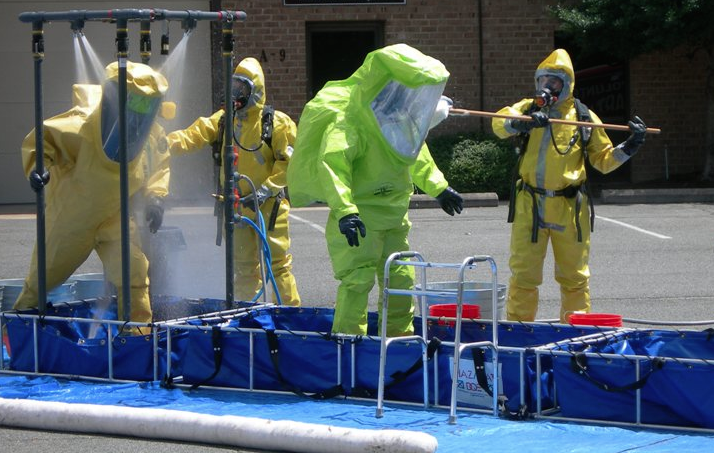As I understand it you don't want the supply voltage too much higher than the pack voltage, you want to be able to smoothly ramp the voltage as the pack charges, so I'm not sure if simply switching SC modules in parallel with the pack to charge it is really an ideal solution
1) One can add an arbitrary amount of resistance to the circuit to choose an arbitrary voltage
2) One can deliberately offbalance bricks so that they're not uniform increments of ~3-4,2V; given the number of bricks, you can create pretty much any arbitrary voltage
3) A couple volt overvoltage is not that significant.
Plus, as the SC packs are run down their voltage will drop
Hence the entire point of switching - to change the number of bricks that are in series, and which ones.
However, rather than each pair of stalls and their corresponding cabinet being separate systems from the next pair of stalls, etc, it would probably make a lot of sense ... a centralized and large battery bank
Agreed on this.



